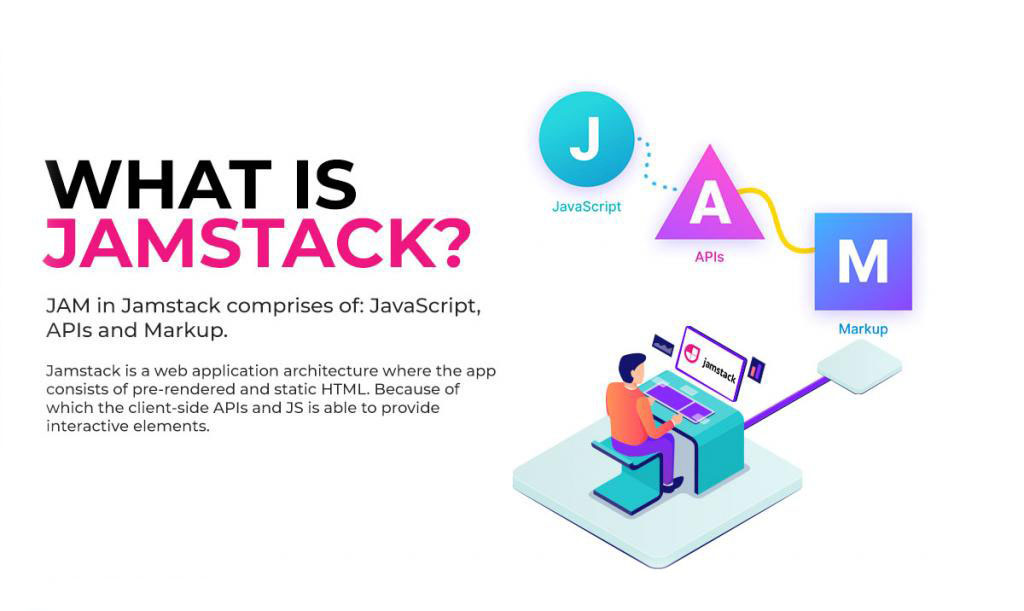Looking for a reliable software development partner?
The One and Only Way to Organize a Scrum Sprint You’ll Ever Need
Feb 21, 2021

You know that the heart pumps blood carrying oxygen through vessels to other organs. Thanks to this process, the whole body works effectively and you may feel healthy and energetic. The same is with a Scrum sprint a vital, basic tool of a whole organism called Scrum. These short periods of time, within which the development team undertakes to provide a specific set of functionalities (often called user stories), allow you to address the variability of requirements in an agile project.
“The heart of Scrum is a Sprint, a time-box of one month or less during which a “Done”, useable, and potentially releasable product Increment is created.”
Do you think you know everything about Scrum sprints? Maybe you need a deeper revision? If so, be sure to scroll down because this article will show you:
- how to run sprints so that they meet their goals,
- how to solve problems that may endanger the success of sprints.
What is a Scrum sprint? Is it really necessary?
Scrum can be described as an influential, effective, and expanding Agile methodology – one of the most vital phases of this methodology is the sprint. But before we elaborate on sprints, let’s first review Scrum’s main values that have to be met to run them. Scrum defines a set of values quite well.

At the very beginning of the Scrum Guide we have three process pillars:
- transparency,
- inspection,
- adaptation.
The self-organization and interdisciplinarity of the development team (self-organizing and cross-functional teams) is also strongly emphasized.
As we look further into it, we will find five values that are highlighted by Scrum:
- Courage
- Openness
- Respect
- Focus
- Commitment
But it can also happen that team members attach greater importance to other values than those defined by the framework, which does not mean that the team is bad or must be inefficient. Under certain conditions, this team can operate quite efficiently and provide good projects, but it won’t work well in a Scrum environment.
So remember to evaluate the values your team has before starting the first sprint.
What can you achieve with a Scrum sprint?
Thanks to the use of sprints, a team’s productivity increases and projects are more likely to succeed. From the business perspective, the team is able to provide value that is as close as possible to the one in the initial agreement, the development team risks less because it can verify that the manufactured product (like web app or mobile app) meets the needs of the client much earlier, and the final recipient of the solution (the user) receives the product that meets current market requirements.
What does the theory tell us?
A sprint’s purpose is, similarly to projects, accomplishing something, reaching a specified goal of what should be built, designed. They are like flexible plans that guide a product’s development and increment.
In a Scrum sprint, the development team is not expected to release a complete product at once. Instead, the product’s requirements are divided into smaller pieces to show the client gradual results and deliver individual parts in short time intervals. This kind of management gives the team the flexibility to change and scale the product during development as new ideas arise and are verified. Thanks to sprints that are smaller in scope, the team has more control over the development process.
There are some good practices that can help you increase the chance of sprint success. These include, for example:
- making sure the tickets that run into the sprint meet the “definition of ready” (or any other form of this type) and that the team will be able to work on them,
- checking whether tickets will be blocked in any way,
- making sure that no dependencies are marked in the tickets.
During the Scrum sprint:
- No changes are made that would endanger the Sprint Goal;
- Quality goals do not decrease; and,
- The scope may be clarified and re-negotiated between the product owner and the development team as more is learned.
- cited after: Scrum Guide
According to theory, at the end of every sprint, the sprint review meeting is conducted where the product owner checks whether all the product’s items/elements are implemented successfully. What’s more, often a sprint retro(spective) meeting is scheduled in order to check the project’s execution and improve processes. During a retro, a team indicates what went smoothly during the whole phase and what needs improvement.
How is the reality different from the theory – is it bad?

We would like to mention that, unfortunately, not all Scrum sprints go perfectly. Some obstacles for them are:
- Changes within the scope of a sprint – sometimes you cannot escape changes. An agile team should remember that sometimes there is nothing wrong with some changes or enhancements during the sprint (if they improve the business value of a feature). Even some bigger changes may be accepted, but rather as an exception, not a rule.
- Changing sprint duration – well, sprints generally have a fixed duration. The reason behind it is simple: with a fixed duration, you can measure the work that can be done within a given period of time. If the duration is constantly altered, the team will not be able to make correct estimations in the future.
- Ways of addressing problems, known issues or fixing bugs, like ”hardening sprint” – it happens when a team spends time addressing recurring problems. It sounds like an effective solution but it may slow down productivity, take away the team’s precious time, and become an anti-pattern. Every team’s challenge in Scrum is to learn agility and discipline in shipping software at the end of every sprint, hardening a sprint should not be a part of the process.
- Sprints don’t end with a potentially releasable increment – according to the rules, every Scrum sprint should end with potentially shippable/releasable features. That means the team’s aim is to produce something satisfying enough to the client/users every few weeks. Every increment can be described as a step towards a goal or a final vision, so it has to be usable. A Scrum sprint should not finish with partial coding, poor documentation or…a product that doesn’t work = it just does not bring enough value. It’s better to deliver one user story 100% than to have a handful of open user stories that are “almost” finished, as in the first case there is at least a small increment while in the second case there’s none.
- Definition of “done” is not clear – sprint after sprint, the development team delivers an increment of product functionality. Every team member has to understand when the work is “done”, e.g. the code is good and works within a project, possible to check if something works, etc. If “done” is unclear or poorly defined the team will not know whether the work is complete on the product Increment.
- No sprint goal defined – a clearly defined goal facilitates making decisions because team members can refer to it. If there is no well-defined goal, the selected product backlog items give a coherent function that can be indicated as the sprint goal. The most important thing is that the team works together with the same aim in mind.
- Ignoring Backlog Refinement – poor quality tickets get in the sprint. During backlog, refinement items are reviewed. Not refining the backlog is not convenient for the team as they would have to try to break down the general ticket into more specific tasks. Having no-refined tickets means that the team has to investigate them to find out what it really contains while planning and that takes time.
How to fix sprint issues

When Scrum sprint rules are broken, it is necessary to analyze why. There could be several reasons, e.g. insufficient knowledge, low availability of the product owner, or removing elements that were not understood from the process.
Depending on the result of the analysis, it is worth taking some steps to improve your sprint. If you think that a sprint is doomed to fail, see how you can manage the most common problems:
No Product Owner available
A PO’s role is to maximize the value of the product that is the result of the team’s work. If they are not around, the product backlog may not be transparent and clear to all the members, and so they would not know what to work on next.
Solution: either you have to support the PO so that she/he has time, or think about a middle-man, such as a business analyst to assist. For this to succeed, the team and organization must respect his or her decisions and role as they are visible in the product backlog.
Failing to comply with Scrum rules
These rules of Scrum are built upon the premise that the specific and specified roles, features, and events stay in close relationships and interactions with each other. If someone fails to follow those rules, the product’s success can be endangered.
Solution: Some teams might have difficulties with understanding the infrastructure, technologies, requirements while producing innovative features. They can lack certain skills. Consistent education and training for team members and the scrum master/agile coach are the right way to help.
Sprint does not end with an increment
The product increment, a piece of working software released at the end of the Scrum sprint and valuable to the end-user, should be at least usable and releasable but it is not mandatory to be fully released.
Solution: clarifying the definition of done – when it is clear and well defined, the team members can understand what to do to finish the product increment. The “undone” increment, sprint after sprint, should be accumulated and solved (addressed) before the product is released.
When any sprint issues occur, managers have to focus, pay attention and support the development team to stay as productive as they can. Executives should provide trainings, supplement the team with new, skilled and/or more experienced members, or buy some tools that support the team in solving arising problems.
Summary
Thanks to Scrum sprints, development teams can quickly respond to changing reality, better plan work, and become more focused on individual parts of the product. The sprint’s success (whether it has issues or not) is the ability to be flexible and focused at the same time, applying strategies that work well for your team. According to a report prepared by the Standish Group, 42% of projects conducted in Agile can be considered successful, while on the other hand only 26% of projects conducted in Waterfall achieve their goals.
Remember: User Stories readiness in the product backlog is an essential aspect when starting a sprint cycle. Thanks to sprint analytics, scrum masters and product owners can follow the sprint’s progress. It is important to define the sprint goal and definition of done for each sprint.
Running sprint meetings, implementing Agile methodologies and above theory are not difficult, but sometimes complications may arise. If you’re still struggling with sprints, try using some of the tips given above.
Insights
All The Services Rendered









